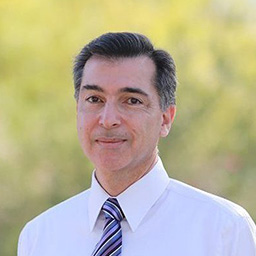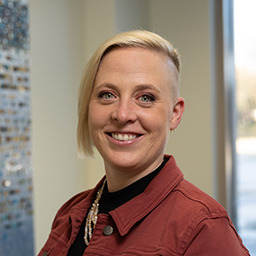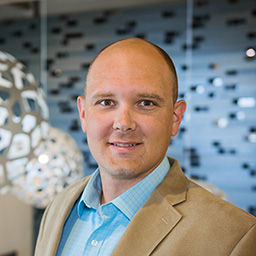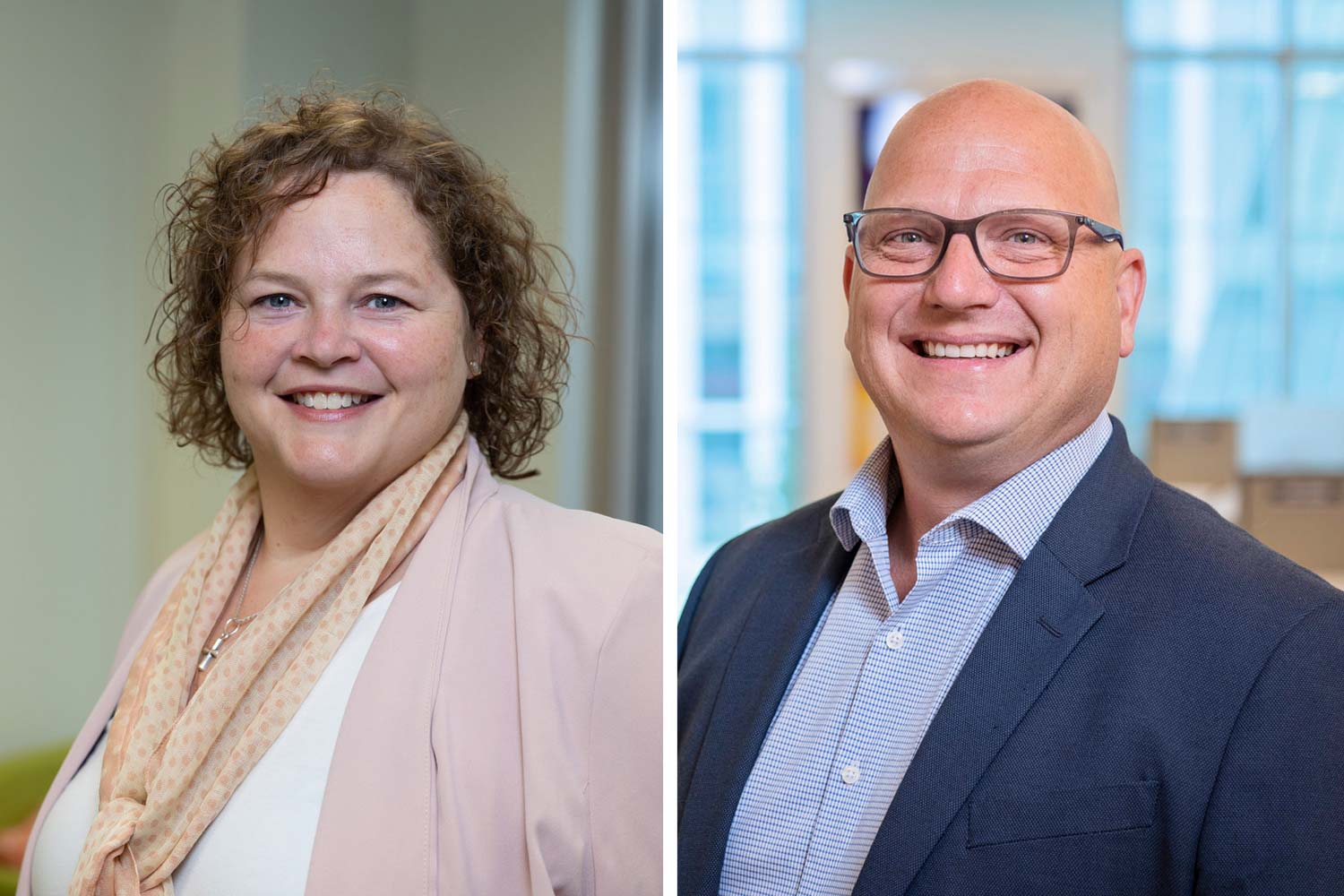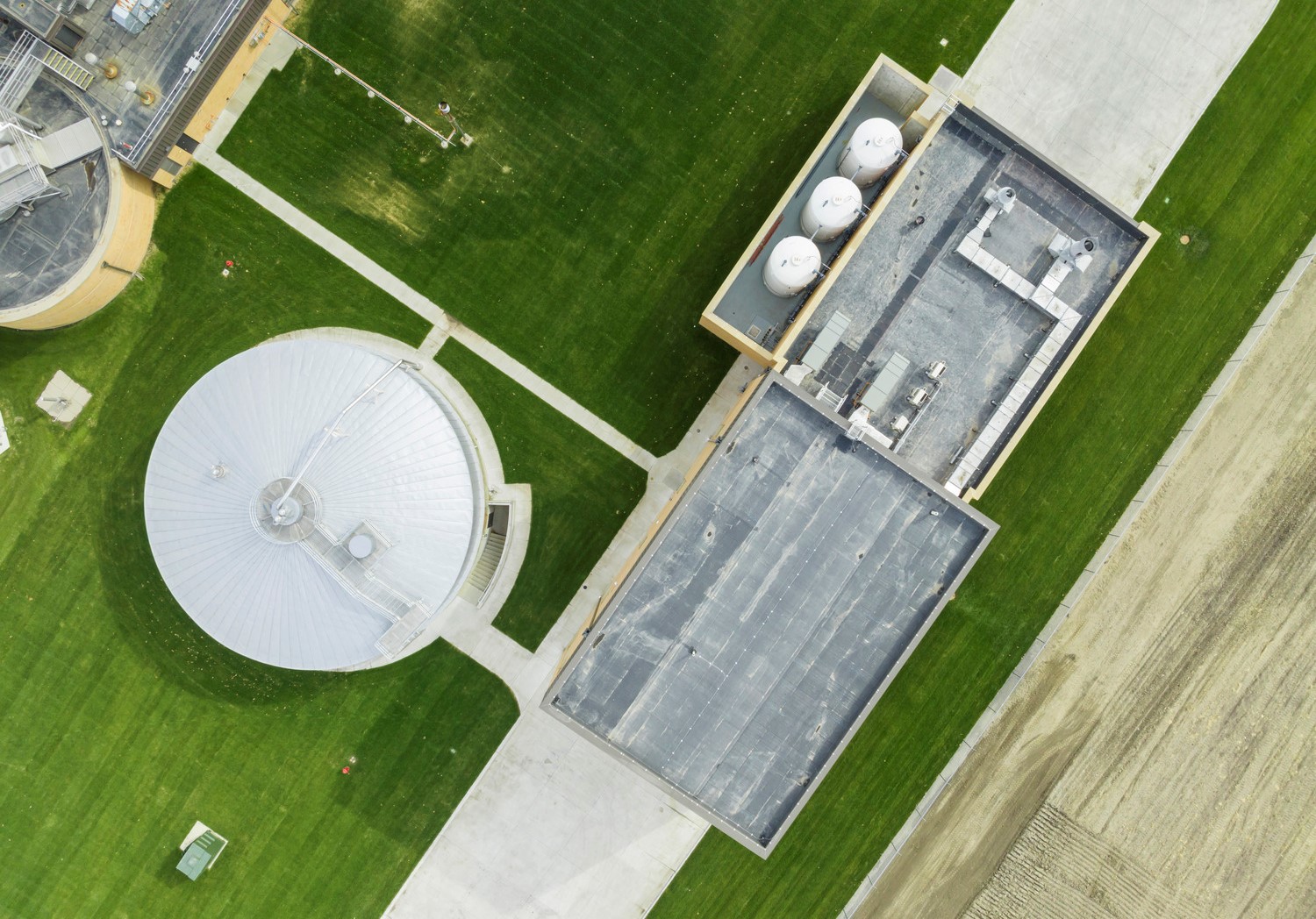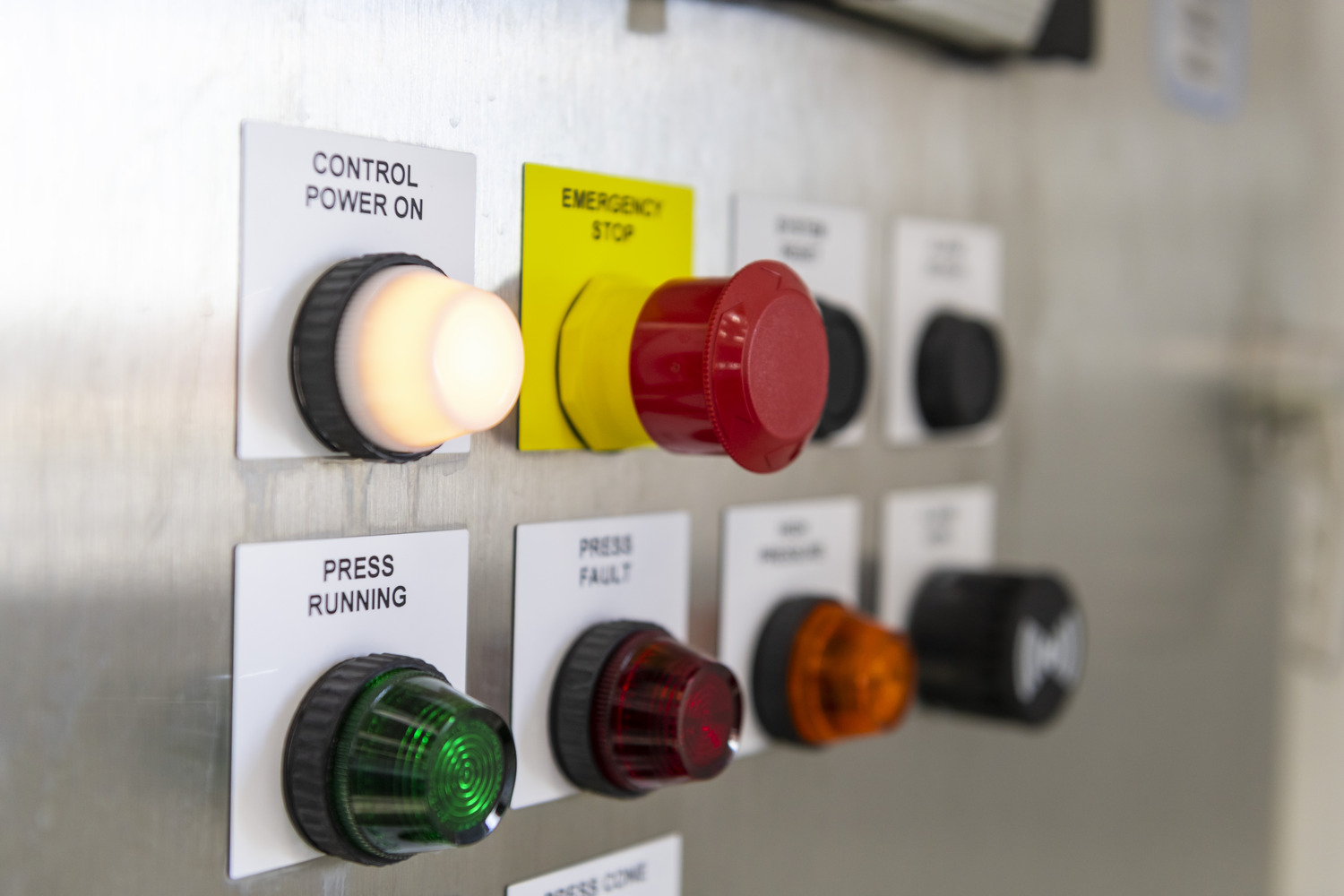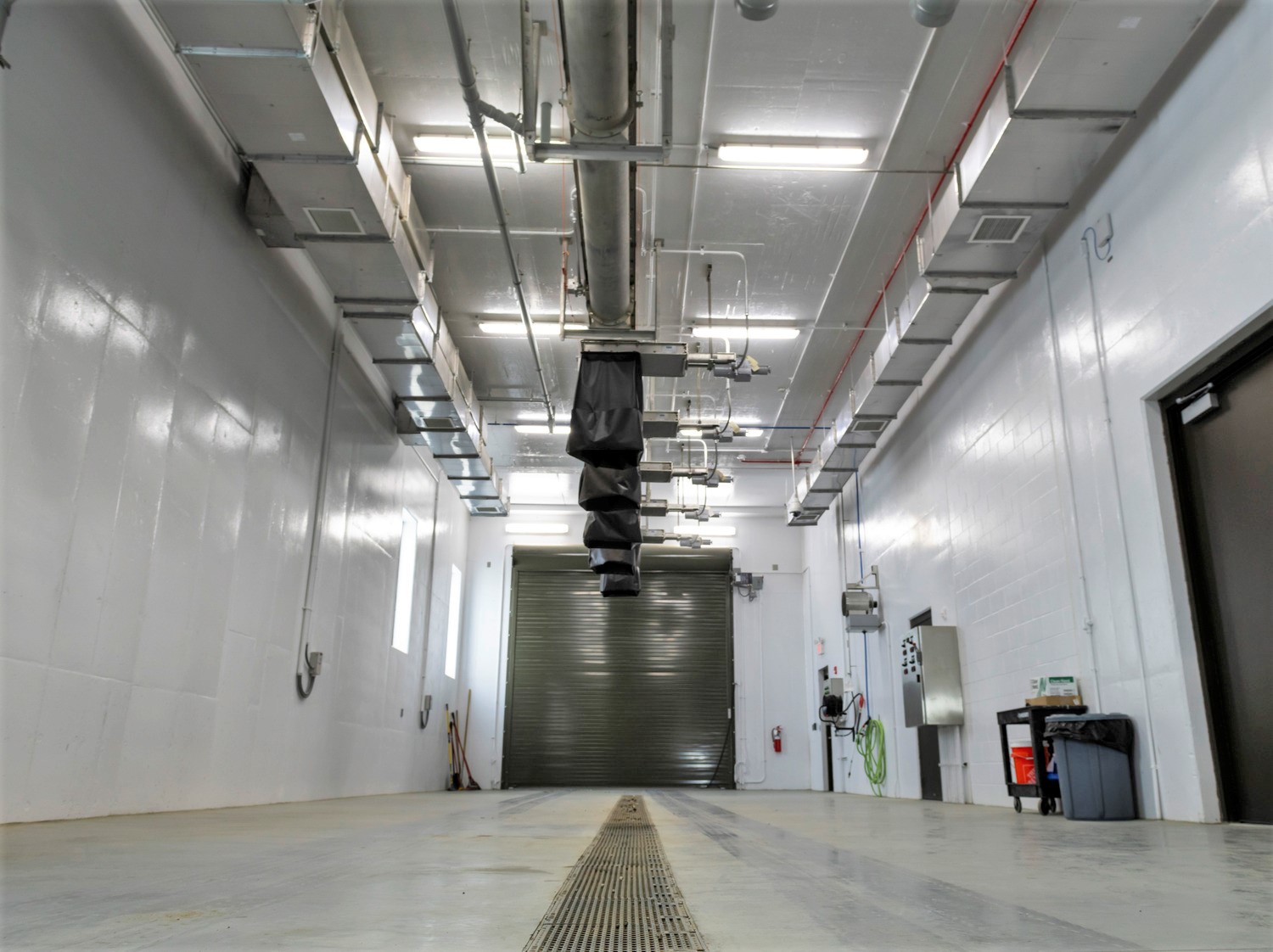Nowhere is Olsson’s legacy of helping communities solve wastewater management issues stronger than in Lincoln, Nebraska.
For five decades, we’ve been central to the success of the city’s water resource recovery plants. Our experience in the discipline and with Lincoln’s facilities set the stage for more success when the city tapped Olsson as lead consultant on planning and construction of a new biosolids dewatering system.
Earlier this year, the $14 million project at Lincoln’s Northeast Water Resource Recovery Facility won recognition from the American Council of Engineering Companies Nebraska.
The honor further certified Olsson’s standing in the water resource recovery space, and it pinned a celebratory bow on improvements that took less than four years to complete.
But Jeremy Walker, a lead water/wastewater engineer who served as project manager, was looking back decades, not years, as he discussed our latest work in Lincoln.
“It’s been a fun evolution seeing where we were years ago to where we are now,” he said. “It goes back to the work we did in the 1970s and the foundation we built then. It’s been several generations of people that got us to where we are today.”
A need for more capacity
Biosolids dewatering is the process of separating water from leftover solids at the end of the treatment workflow. It’s an important step, because the nitrogen, phosphorus, and potassium contained in those solids have nutrient value and can be captured and applied to land as fertilizer.
Environmentally, it’s a better option than shipping sludge to landfills, which can occur when plants face capacity issues. It also proves beneficial economically; captured nutrients don’t return a big windfall, but they bring in enough money to help offset facility operating costs.
All these benefits were captured when we helped Lincoln eliminate its long-term capacity worries. The city’s Northeast dewatering building opened in November 2022.
Innovative thinking
Ground level of the dewatering facility is where the rubber meets the road – literally. A long driveway accommodates semitrucks waiting to get filled with nutrient-rich matter. The process of loading trucks with biosolids via several overhead chutes is a mechanical marvel.
But the real magic takes place on the second floor, where solids are separated from water by 21,000-pound decanter centrifuges and a conveyor.
Our engineers solved one problem by implementing a ferrous chloride-feed system to mitigate buildup of struvite, a problematic mineral that long plagued the site’s previous systems.
We also came up with a creative solution to control operating costs of a complex multi-zone ventilation system. Fire codes for dewatering facilities are understandably rigid; they usually require a complete turnover of air every 10 minutes. For Lincoln, around-the-clock ventilation could have resulted in exorbitant energy costs – especially for a building typically used between 20 and 40 hours a week.
Our solution? We secured code variances requiring thorough ventilation only when the building is in use or when hazardous materials are present.
“On paper, the easiest way to engineer it would have been to say we’re just going to ventilate it forever. But that just seemed so unnecessary,” Jeremy said.
Measurable success
The new facility recovers enough nutrients to fertilize 300 acres of farmland. It’s also profoundly efficient; during its first year, it captured 99 percent of solids, surpassing a goal of 95 percent.
Meanwhile, one of Olsson’s main project efficiency metrics was equally impressive. The most successful projects generally have change-order rates of about 1 percent. The dewatering facility project came in just a tenth of a point above that, but Jeremy estimated that Olsson’s portion of change orders amounted to about 0.4 percent.
“That kind of change-order rate is pretty much unheard of,” Jeremy said. “Joel Jirak deserves a lot of credit for that. He was our on-site resident project representative, and he did great work.”
Joel, of course, wasn’t alone. The multidisciplinary nature of Olsson’s work at the Northeast facility was another point of pride.
In addition to wastewater engineers, significant contributions came from our experts in instrumentation and controls; power delivery; mechanical, electrical, and structural engineering; water resources; environmental, drilling, geotechnical, and survey.
Jeremy estimated that 100 employees from across our broad geography contributed to the project’s success.
And that’s a legacy that’s hard to beat.
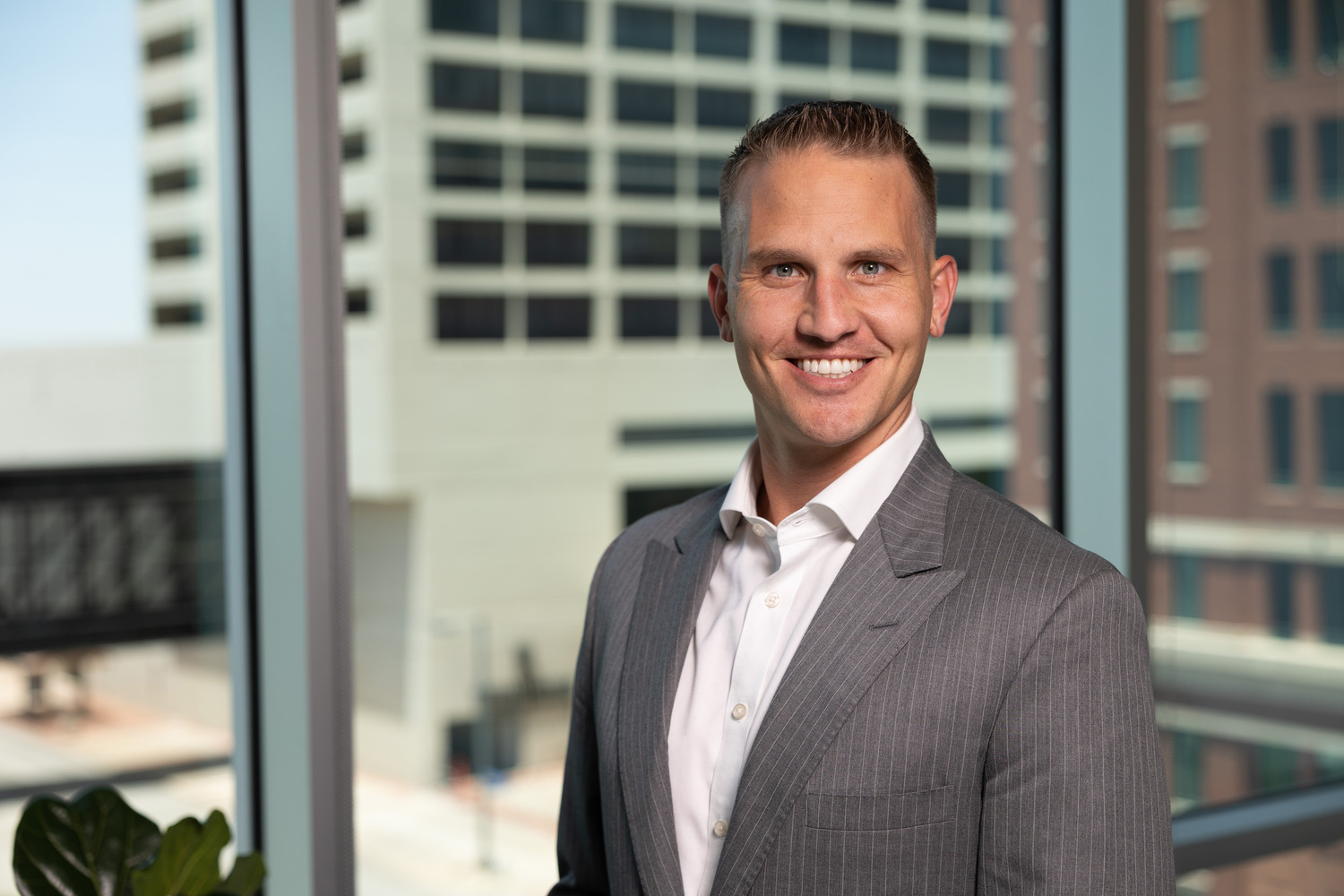














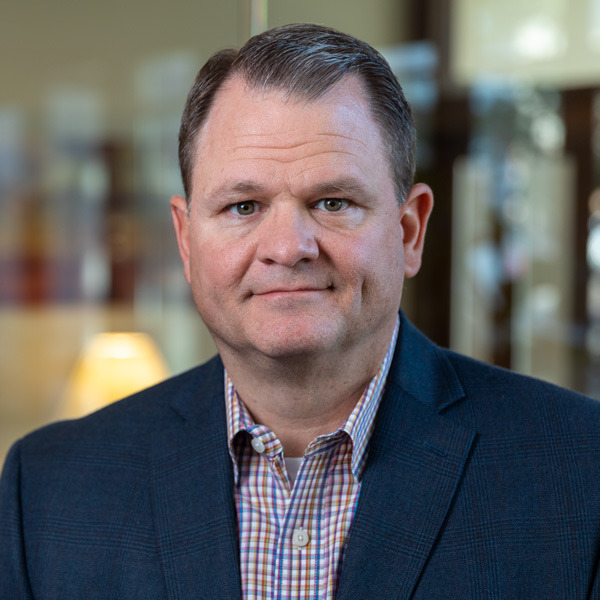


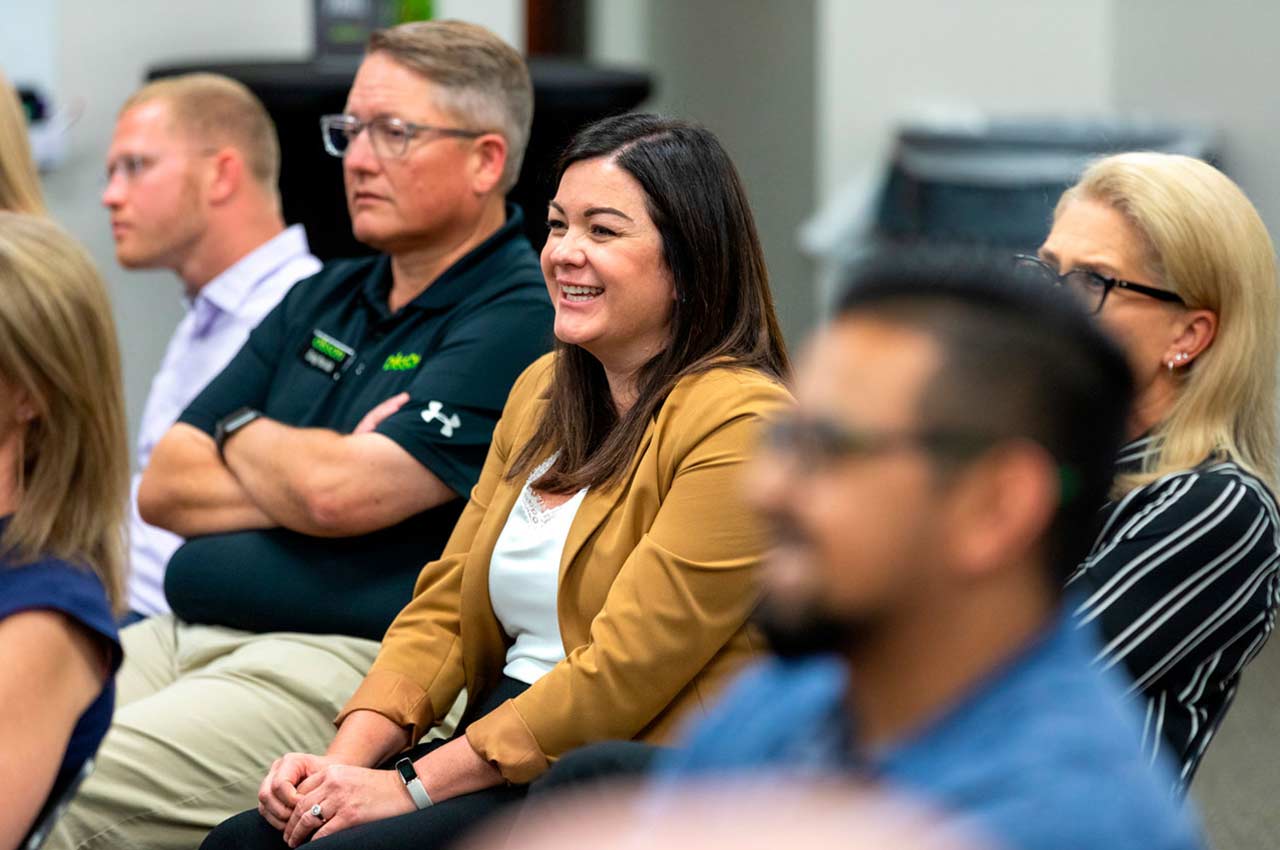

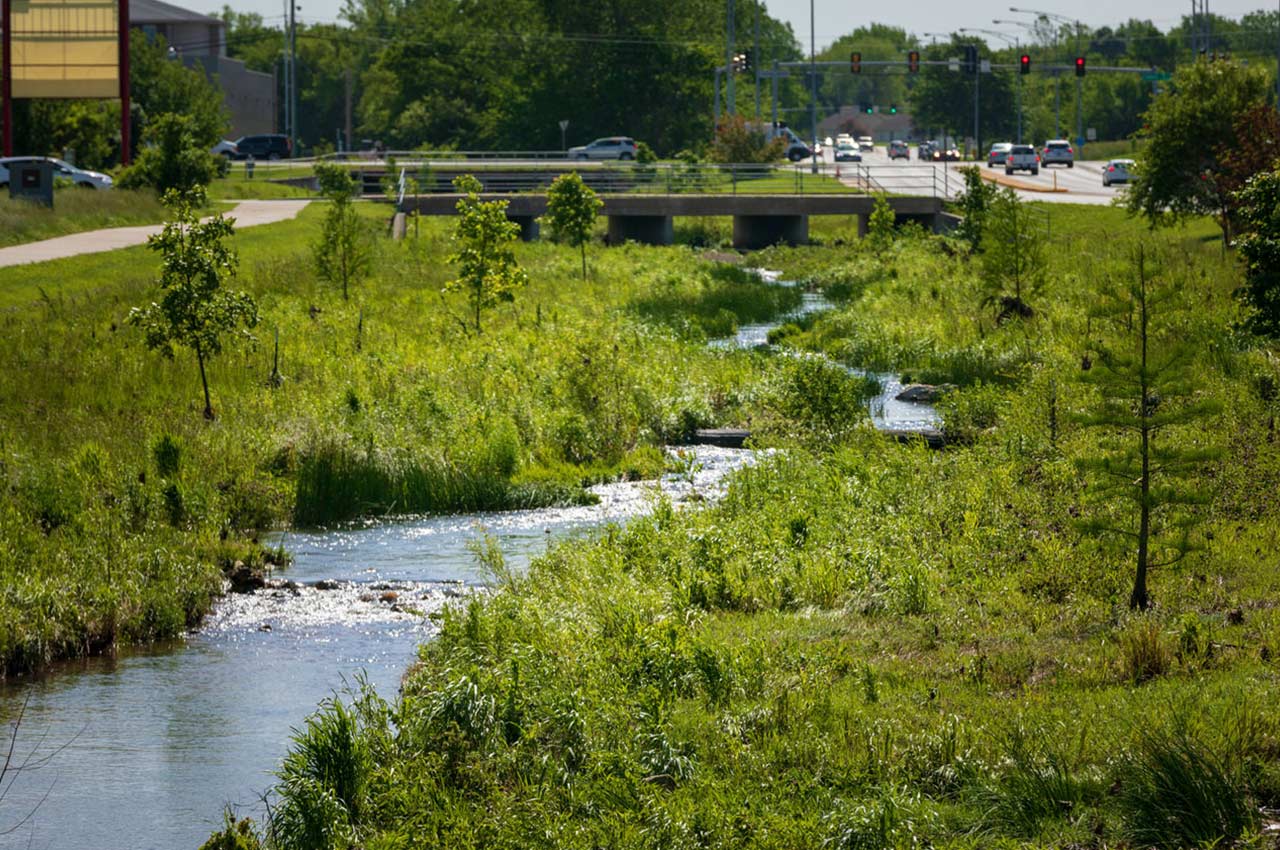





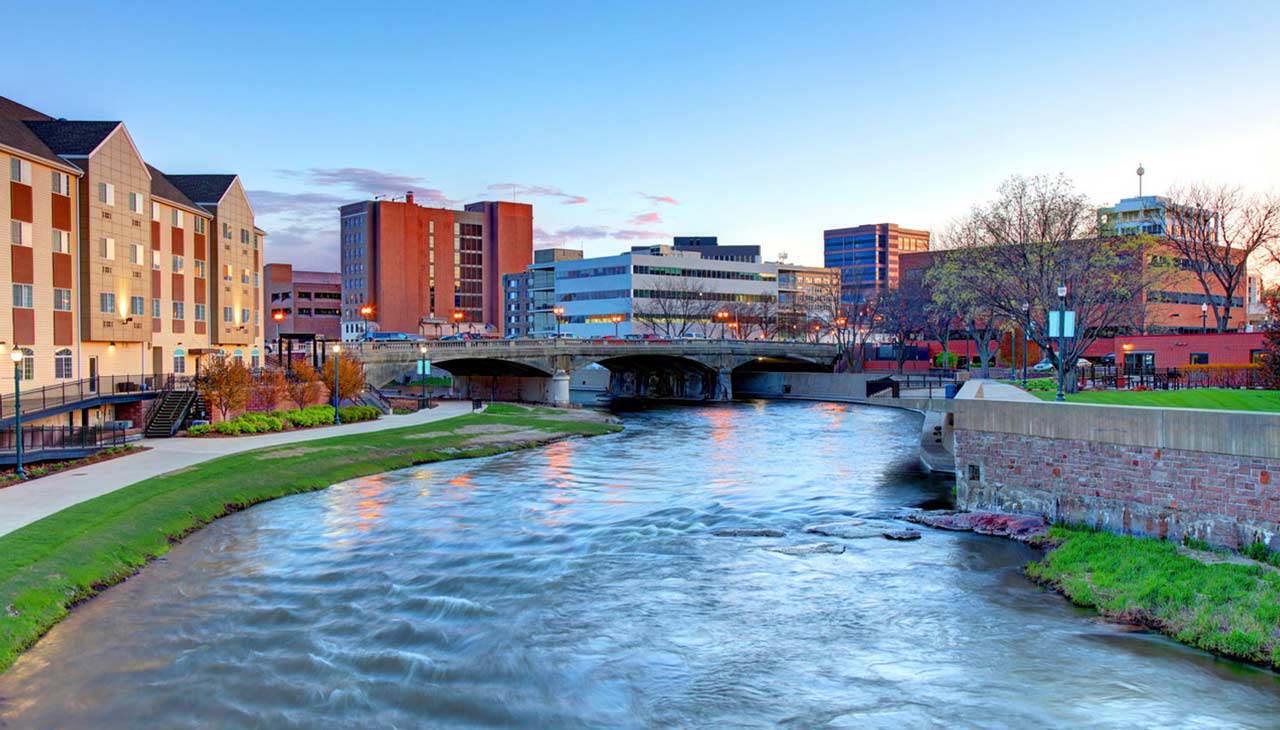








.jpg)








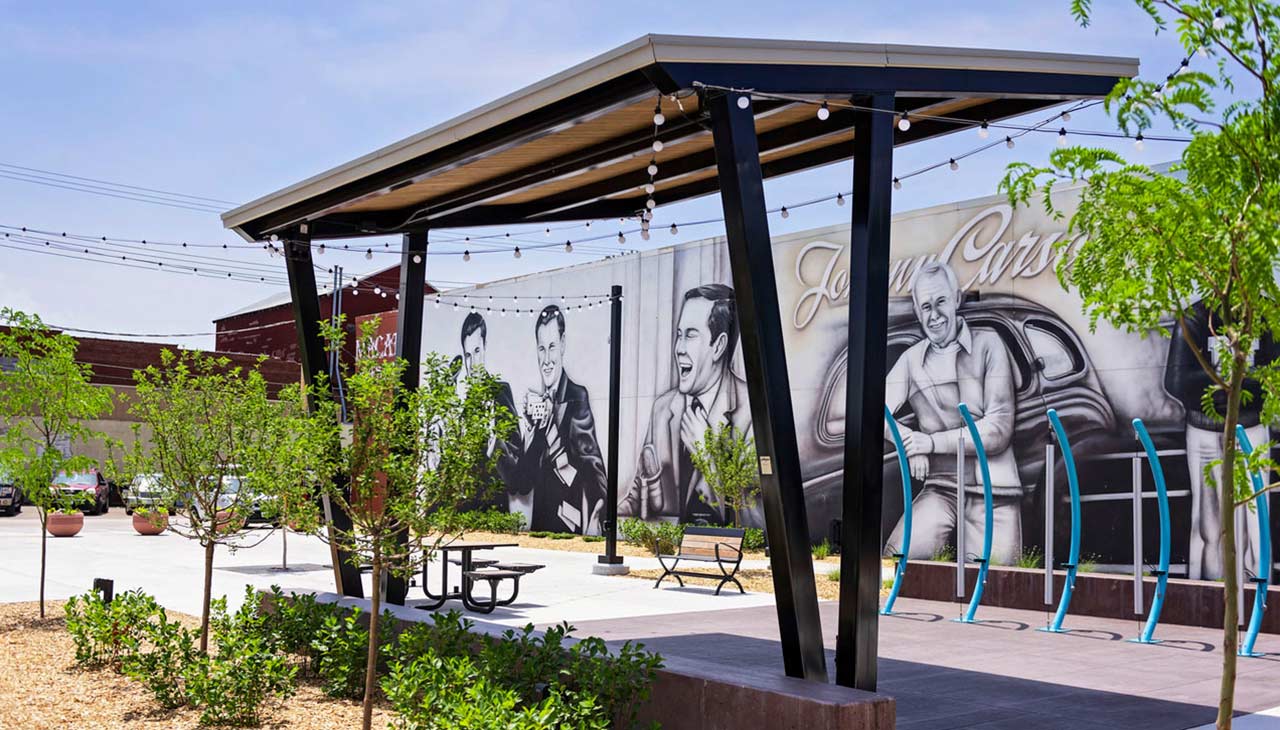

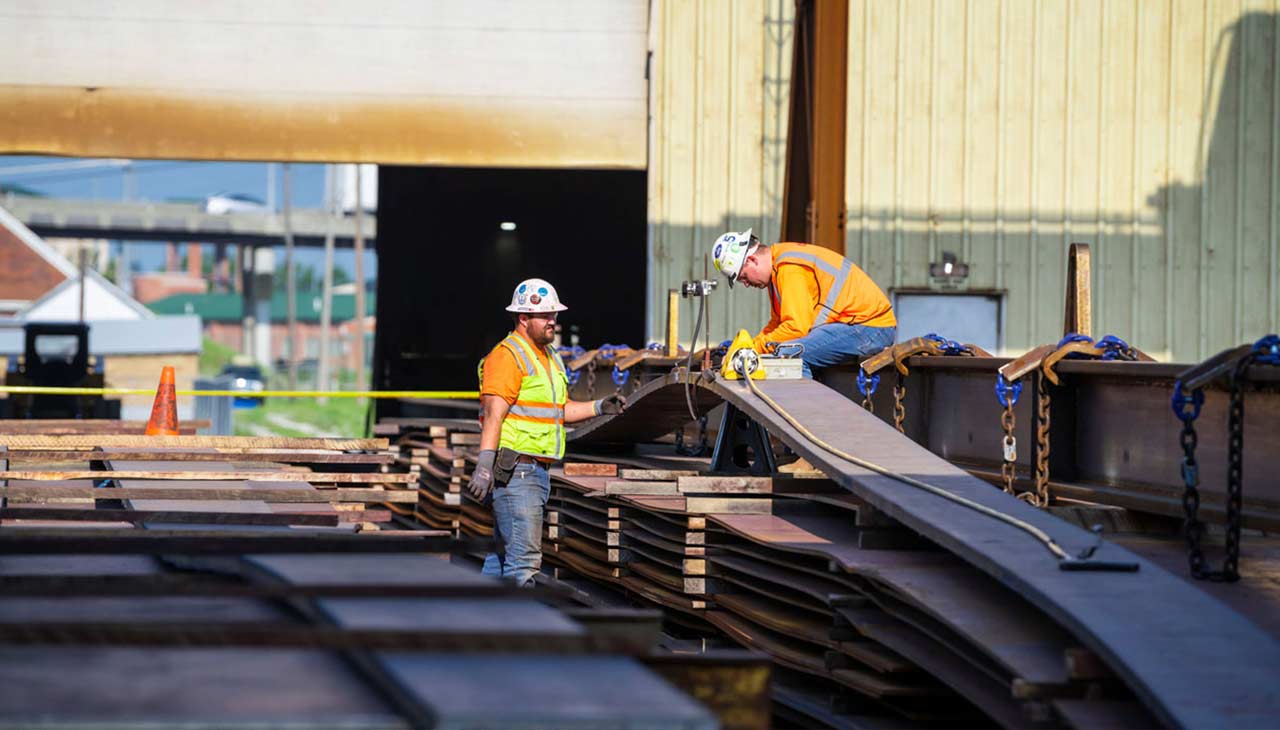
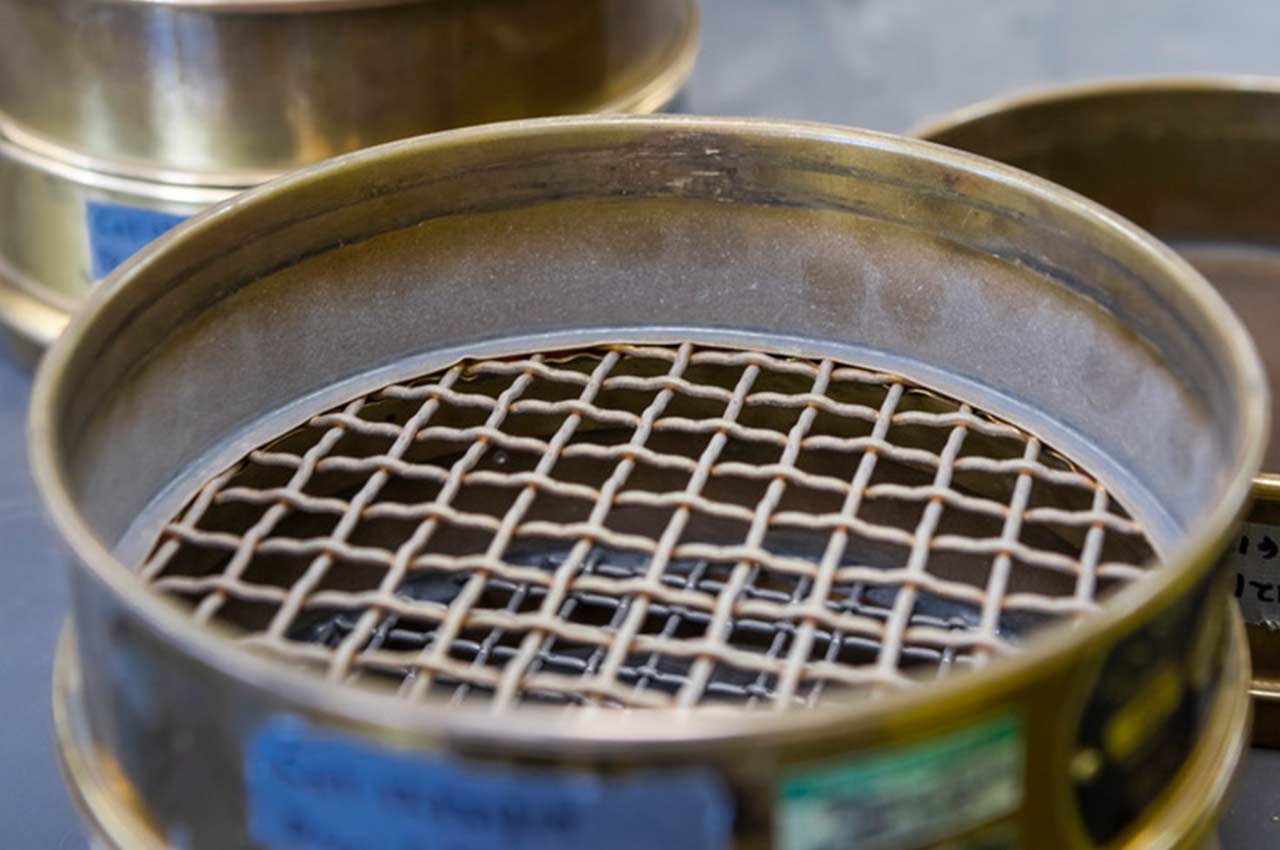



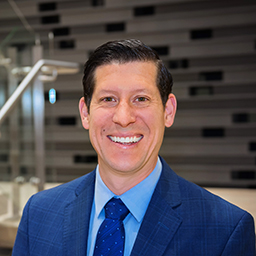



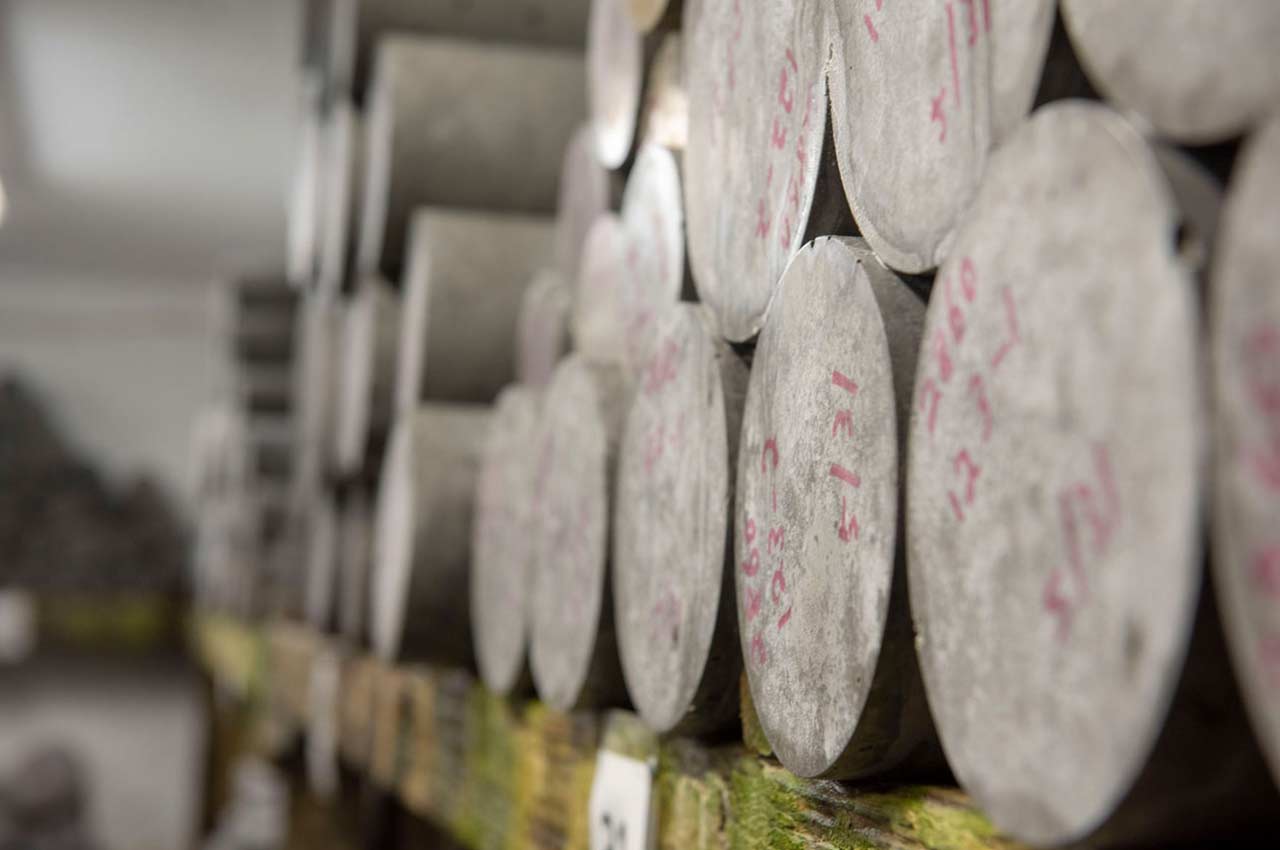

.jpg)













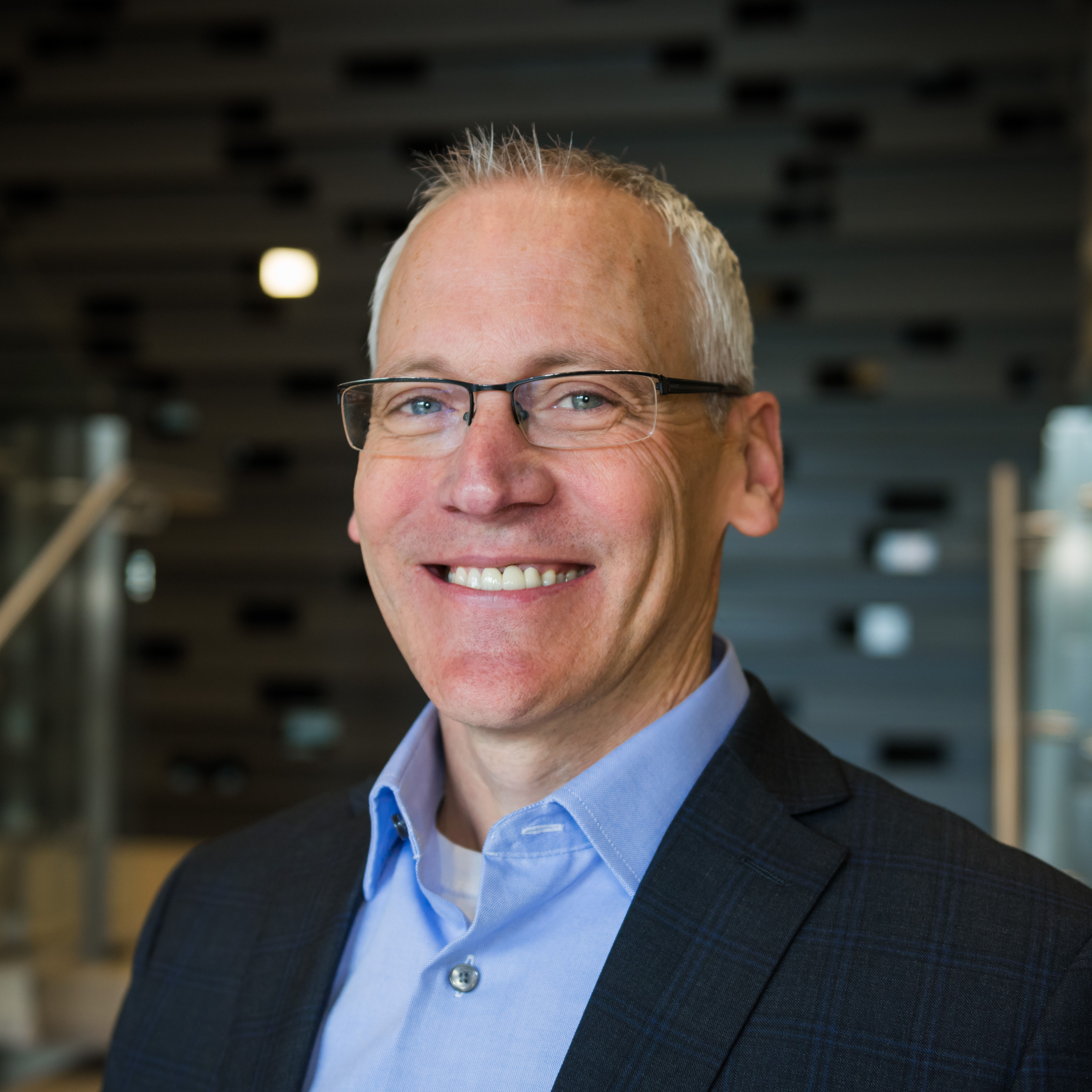

.jpg)















